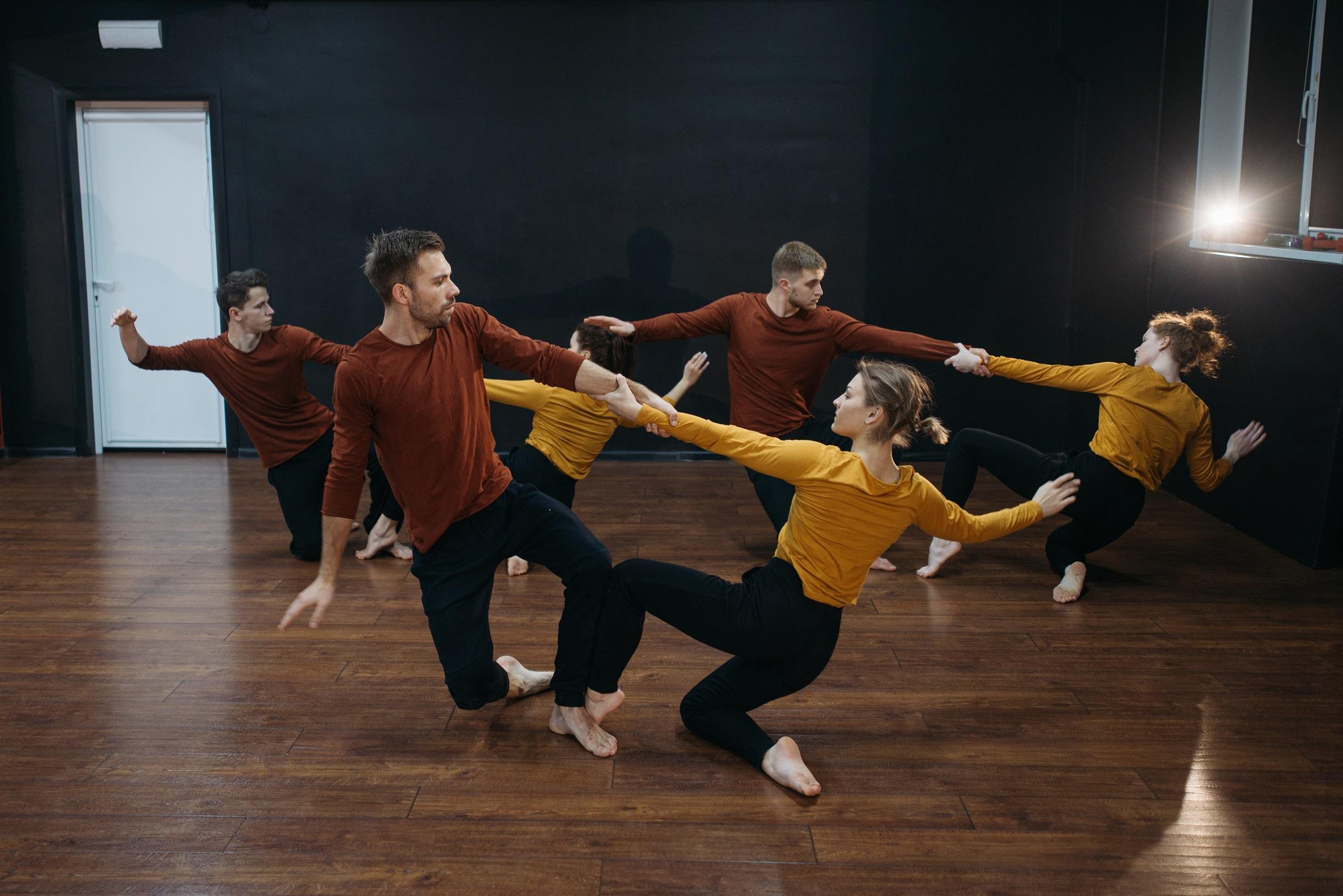


What is Modern Dance?
15 March 2023
Modern dance is a term that’s used to cover the broad range of dance styles to have originated over the last 100 years. It’s the primary form of dance we see around us today. A key feature of modern dance is the use of movement to portray emotions and feelings, often by rejecting formal dance techniques and allowing dancers to move in any way that feels right to them. Modern dance has been at the root of shaping many of the contemporary dance forms that we see around us today.
A Brief History
Until the early 1900s, ballet dominated the art of dance. Ballet followed a very strict set of limited movements and techniques. There were many rules about how to dance, and what music to dance to. Many dancers rebelled against this strict art form and set about creating modern dance. They took on influences from many dance styles across the world but kept in mind a single ideology: that dance existed to portray emotions and feelings, and that it could look however the dancer wanted it to look. In its early days, modern dance was daring and unconventional (some audience members even walked out of a performance at the sight of a dancer in bare feet!) But as the world of dance moved in, it quickly became mainstream.
Characteristics
The chief characteristics of modern dance are hard to define. Modern dance has no limits. In ballet, dancing must be graceful and majestic. Though modern dance can be these things, too, it can also be jerky, fluid, slow, fast - anything. There are no boundaries. Modern dance might involve the dancer purposefully falling to the floor, tumbling along, or rolling around. It’s all about expressing emotions and trying to elicit feelings in the audience. To put it simply, whereas ballet is a style in which the focus is on outward beauty, modern dance has its focus on inner, raw emotion.
In Practice
Current modern dance classes take ideas from a range of dance styles. Most dance classes nowadays teach formal techniques and moves, and put performances together using choreography, but they also teach dancers to express themselves and break the rules where they need to. Most modern dance curricula do away with any mention of formal steps and techniques, and instead value a dancer’s ability to be creative, to react to the music, to think about how they move their body and to develop a self-confident performance persona. A ballet curriculum, by contrast, prioritises correct alignment and placing, a sense of line and coordination, and creativity within a disciplined environment.
For children
Most of the dancing we see in popular culture is a form of modern dance. It’s on music videos, on stage, in discos and in film. When children join a dance class, modern dance will usually be the style they’re taught first. Given that the focus is on expression, creativity and fitness, it makes a fun starting point for anyone looking to take up the art of dancing.
